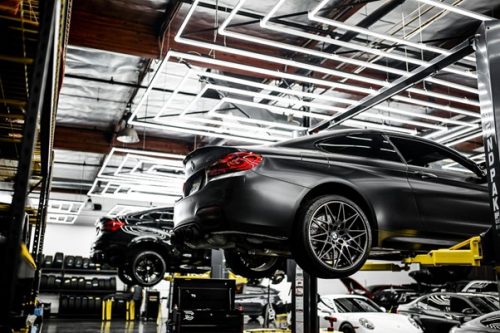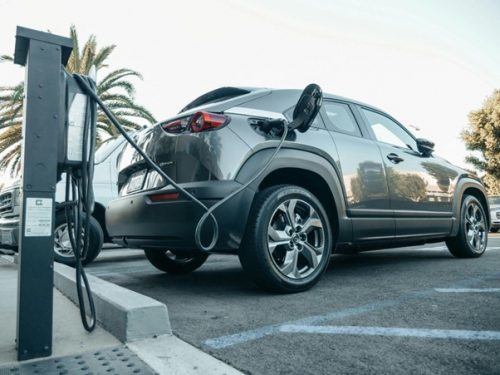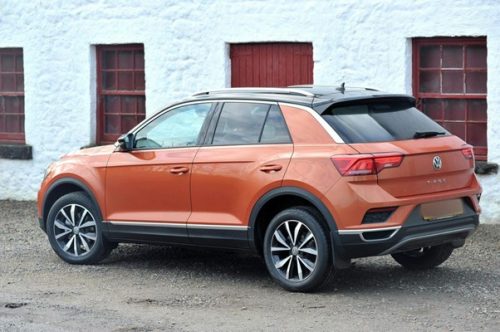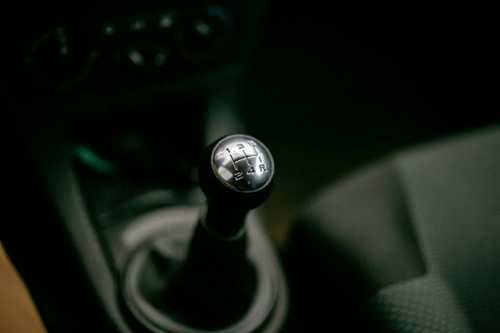
The Ultimate Guide to Choosing the Right Wheel Spacers for Your Car
Posted in: Driving Tips, News.
Choosing the right wheel spacers for your car can be a game-changer for both performance and aesthetics. Whether you’re looking to improve handling or give your vehicle a more aggressive stance, understanding the ins and outs of wheel spacers is crucial. This guide will walk you through everything you need to know to make an informed decision.

What Are Wheel Spacers?
Wheel spacers are devices that fit between the wheel hub assembly and the wheel itself. They create extra space between the wheel and the wheel hub, pushing the wheel outward. This modification can enhance the look of your car and improve its handling.
By creating a gap between the wheel and the hub, spacers effectively change the offset of the wheels, allowing them to sit farther out from the vehicle. This can be particularly useful if you’ve upgraded your brakes and need additional clearance, or if you want to achieve a specific aesthetic with your car.
Benefits of Using Wheel Spacers
Enhanced Appearance
One of the most popular reasons car enthusiasts use wheel spacers is to achieve a wider, more aggressive stance. By pushing the wheels out, spacers can give your car a sportier look, making it stand out on the road.
A wider stance not only looks more impressive but can also make your car appear lower and more stable. This visual enhancement is often one of the first modifications car owners make, as it provides an immediate and noticeable difference without requiring major changes to the vehicle’s structure or performance.
Improved Handling
Wheel spacers can improve handling by widening the track width of your vehicle. This modification provides better stability, especially during cornering, and can enhance the overall driving experience.
A wider track means that the wheels are further apart, which helps distribute the vehicle’s weight more evenly during turns. This can lead to less body roll and a more planted feel when driving through corners. For performance-oriented drivers, this improvement in handling can significantly improve the car’s responsiveness and agility.
Better Brake Clearance
If you’ve upgraded your brakes to a larger set, you might find that your current wheels don’t fit correctly. Wheel spacers can provide the necessary clearance, ensuring that your upgraded brakes function without any issues.
Larger brake calipers and rotors often require more space inside the wheel, and without adequate clearance, you might experience rubbing or even inability to fit the wheels properly. Wheel spacers solve this problem by pushing the wheels out just enough to accommodate the larger brake components, allowing you to enjoy enhanced braking performance without compromising on safety or fitment.
Types of Wheel Spacers
Slip-On Spacers
Slip-on spacers are the most straightforward type. They simply slide over your existing wheel studs and sit between the hub and the wheel. These spacers are generally easier to install but may require longer wheel studs for a secure fit.
Slip-on spacers are ideal for minor adjustments and can be a quick and cost-effective way to achieve the desired fitment. However, it’s important to ensure that the wheel studs still have enough thread engagement to secure the wheels safely. If the studs are too short, you may need to replace them with longer ones to ensure a proper and safe installation.
Bolt-On Spacers
Bolt-on spacers, also known as bolt-through spacers, attach directly to the wheel hub using the existing studs. The wheel then bolts onto the spacer itself. This type of spacer is usually more secure and can handle larger spacing requirements.
Bolt-on spacers are often preferred for more significant adjustments, as they provide a more robust connection between the wheel and the hub. They come with their own set of bolts or studs, which means you don’t have to worry about the length of the original wheel studs.
This type of spacer is especially useful for larger trucks and SUVs, where the additional space might be necessary to accommodate wider tires or upgraded suspension components.
How to Choose the Right Wheel Spacers
Measure Your Wheel Gap
Before purchasing wheel spacers, measure the gap between your wheel and the fender. This measurement will help you determine the thickness of the spacer you need. Use a ruler or a measuring tape to get an accurate reading.
Start by parking your car on a flat surface and turning off the engine. Measure the distance from the outer edge of the tire to the inner edge of the fender. This measurement will give you an idea of how much space you can add without causing the tires to rub against the fender during turns or when the suspension compresses.
Consider Your Driving Style
Think about how you use your car. If you primarily drive on city streets, a thinner spacer may be sufficient. However, if you frequently take your car to the track or drive on rough terrain, a thicker, more robust spacer might be necessary.
Your driving style and the conditions you typically encounter can significantly influence the type of wheel spacer you need. For everyday commuting and casual driving, a modest increase in track width can enhance the appearance and handling without drastically altering the vehicle’s dynamics. For high-performance applications or off-road adventures, a thicker spacer can provide the extra stability and clearance needed to handle more demanding situations.
Check Compatibility
Not all wheel spacers are compatible with every vehicle. Make sure to check the specifications of the spacers and ensure they match your car’s make and model. Pay attention to bolt patterns and hub sizes to avoid any fitting issues.
Each vehicle has specific requirements when it comes to wheel fitment, including the bolt pattern (the number of bolts and the distance between them) and the hub diameter (the size of the hole in the center of the wheel). Ensure that the spacers you choose match these specifications to avoid any installation problems or potential safety issues.
Material and Build Quality
Wheel spacers are typically made from aluminium or steel. Aluminium spacers are lighter and resistant to rust, while steel spacers are more durable and can handle more stress. Consider the build quality and choose spacers from reputable brands to ensure safety and longevity.
High-quality wheel spacers should be precision-machined to ensure a perfect fit and balanced to prevent any vibration issues. Look for spacers that are anodized or coated to protect against corrosion, and always choose products from manufacturers with a proven track record of quality and reliability. Investing in well-made spacers will pay off in terms of performance, safety, and durability.
Installation Tips
Gather the Right Tools
You’ll need a jack, jack stands, a torque wrench, and a socket set to install wheel spacers. Having the right tools will make the process smoother and ensure a secure fit.
Before you start, make sure you have all the necessary equipment on hand. A hydraulic floor jack and sturdy jack stands are essential for safely lifting and supporting your vehicle. A torque wrench is crucial for ensuring that all bolts are tightened to the manufacturer’s specified torque settings, preventing under- or over-tightening, which can lead to safety issues.
Follow Manufacturer Instructions
Always follow the manufacturer’s instructions for installing wheel spacers. Incorrect installation can lead to safety issues and potential damage to your car. If you’re not comfortable doing it yourself, consider seeking professional help.
Each set of wheel spacers may have specific installation guidelines, including torque specifications and any additional steps required for a secure fit. Carefully read and follow these instructions to ensure that the spacers are installed correctly. If you’re unsure about any part of the process, it’s always best to consult a professional mechanic who has experience with wheel spacer installations.
Regular Maintenance
After installing wheel spacers, it’s essential to check them regularly. Ensure that the bolts are tight and inspect for any signs of wear or damage. Regular maintenance will help keep your spacers in good condition and ensure your safety on the road.
Periodic inspections are crucial to maintaining the integrity of your wheel spacers. Check the torque on the bolts periodically to ensure they haven’t loosened over time. Look for any signs of corrosion, cracking, or other damage that could compromise the spacers’ performance. Regular maintenance will help you catch any potential issues early and keep your vehicle safe and reliable.
Conclusion
Choosing the right wheel spacers can significantly impact your car’s performance and appearance. By understanding the different types of spacers, considering your driving needs, and following proper installation procedures, you can make an informed decision that enhances your vehicle. Remember to measure accurately, check compatibility, and prioritize quality to get the best results from your wheel spacers.
Now that you’re equipped with the ultimate guide, you’re ready to take your car to the next level with the perfect set of wheel spacers. Happy driving!
Tags: The Ultimate Guide to Choosing the Right Wheel Spacers for Your Car












